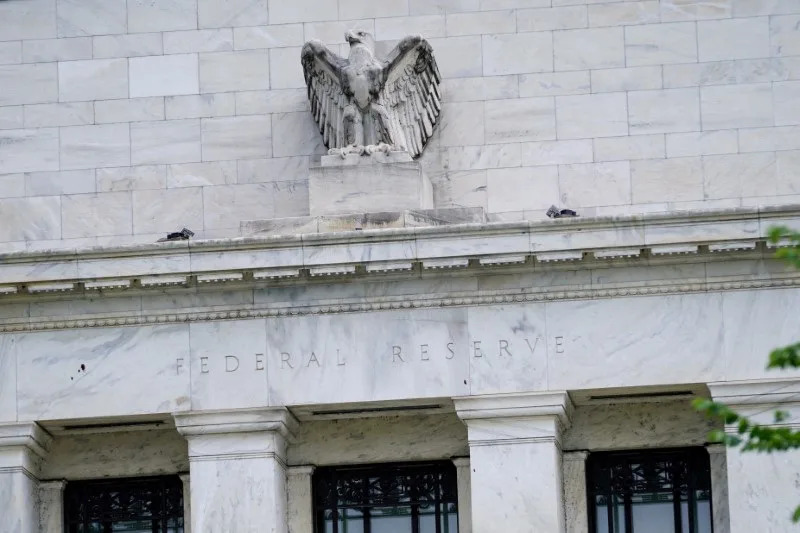Buying a newly built home in the US now costs nearly the same as buying an existing home, another head-scratching reality of today’s housing market.
The median new home sold for $420,600 in August, scarcely 1 percentage point more than the median existing home’s sale price of $416,700 during the same period. Measured on a 12-month rolling average, the premium for buying new is the lowest it’s been since the 1980s.
The shrinking price differential today reflects two sharply diverging markets and the reality of higher mortgage rates: As many homeowners have little incentive to list their houses and move, builders have barreled ahead with construction.
“Intuition would say your typical newly built single-family home should have a higher price than your typical resale home,” said Robert Dietz, chief economist for the National Association of Home Builders. “Those two series tend to converge when inventory on the resale side is really tight.”
Existing homeowners with low mortgage rates or no mortgage at all have been reluctant to list their homes now that interest rates are higher, a phenomenon known as the “rate lock-in effect.” While there are more homes available for sale now — about 1.35 million as of August — than there were last year when interest rates were north of 7%, that’s still nearly a million fewer than a decade ago.
While homeowners haven’t been selling, builders have been. New homes are a larger share of the overall available housing supply than they have been in the past.
It can be hard to convince a homeowner to lower a list price, but homebuilders have grown comfortable providing small discounts — around 5% on average — to move their inventory. They’re also building smaller so they can sell at lower prices. New single-family units averaged 2,363 square feet as of June 30, down about 200 square feet from the end of 2021.
“It’s a different set of incentives,” said Odeta Kushi, deputy chief economist at First American Financial Corporation, adding that homebuilders are also driving sales with sweeteners like free fixture upgrades and mortgage-rate buydowns.
Read more: How to buy down your mortgage interest rate
William Zhang, an Austin, Texas-based real estate agent at eXp Realty, has seen the phenomenon firsthand. He shows many clients who are relocating to the area a mix of resale and new options. Many are gravitating toward new homes even if it means being further from downtown Austin.
“They see the new construction home and they fall in love with it,” he said. “Because the prices are lower and builders can buy down interest rates, that really attracted a lot more buyers, even though those areas might be more remote.”
Some of the pricing discrepancy can also be explained by geography. Homebuilders have been particularly active in the South, where there’s more land to build on and often more permissive zoning. Home prices there are also generally lower, helping drag down national averages for new builds.
Historically, new-home perks like updated fixtures and better insulation have come with an up-front price of around 16% higher than an existing one. TD Bank economist Admir Kolaj thinks today’s near parity in pricing will continue into 2025. The trend first began late last year, and historically it’s taken about two years for pricing differentials to normalize, he said.
Read more: Is this a good time to buy a house?
Normalizing the supply of resale homes will take time, but there are signs it’s starting to happen. More existing homeowners will likely be enticed to list their homes if mortgage rates fall further, and while new homebuilding remains robust, it’s down from levels seen in 2022 and 2023.
For some buyers, however, buying new is always the goal. John Ohanian, the general manager of DMB Development’s Silverwood, an over 15,000-home planned community in Hesperia, Calif., said he was surprised when his company’s demographic research found a significant cohort of potential buyers who won’t consider existing homes.
That group is prioritizing features like better energy efficiency, easier maintenance and smaller lots that are easier to take care of. He said that in response to the feedback, the development’s homes will have relatively small yards, but about triple the parks than is typical for this type of project. Silverwood’s homes, the first of which go on sale next year, will start in the $450,000 area, a relative bargain for California.
"We have seen a much larger number of people who have indicated that their preference is new versus existing,” Ohanian said.
Claire Boston is a senior reporter for Yahoo Finance covering housing, mortgages, and home insurance.





